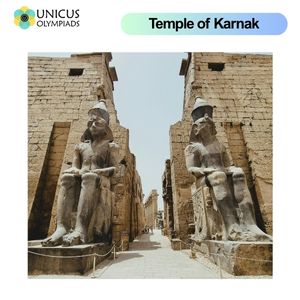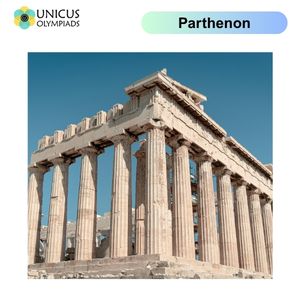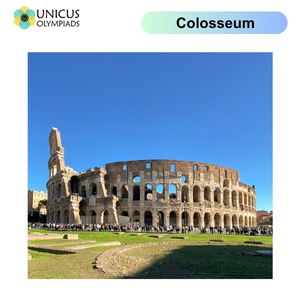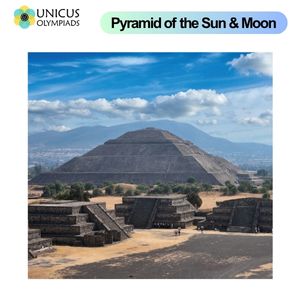

Ancient cities were not only hubs of commerce and governance but also places where religion, culture, and daily life intersected. The layout of these cities, their architectural features, and the artefacts found within them often reflected the values, beliefs, and way of life of their inhabitants. The belief systems of these ancient civilisations were deeply ingrained in the architecture, city design, and daily activities of their citizens. Below, we explore how ancient cities reflected the beliefs and lifestyle of their people, with examples from notable ancient cities across the world.
Ancient Egypt is one of the most iconic civilisations, with cities like Thebes, Memphis, and Alexandria demonstrating the connection between daily life and religious beliefs. The Egyptians' belief in the afterlife and the gods was reflected in the architecture and organisation of their cities.

The city of Athens, known as the birthplace of democracy and philosophy, reflects the significance of civic participation, philosophy, and religion in Greek life. The physical layout of Athens, particularly its public spaces and architectural wonders, shows the Greeks' values of civic engagement, education, and piety.

Ancient Rome, known for its vast empire and legal system, had cities that were designed with both functionality and grandeur in mind. Roman cities reflected Roman values such as power, order, and public service. The architectural achievements in Rome, including its temples, forums, and baths, were a manifestation of the Roman commitment to both religion and public life.

Teotihuacan, an ancient city in present-day Mexico, was a major cultural and religious centre. The city’s layout and monumental structures reveal how religion and governance were intertwined in the life of its inhabitants.
